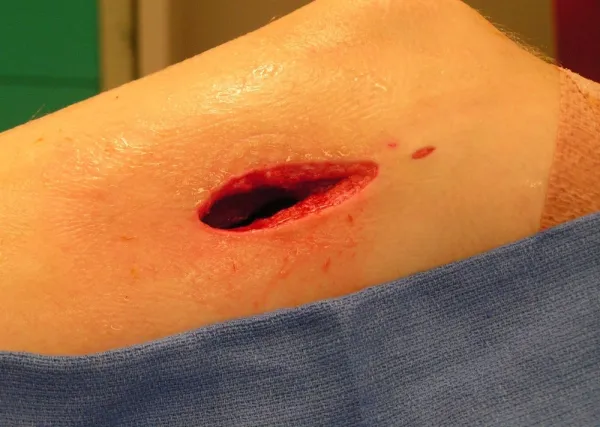Orthopedic Coding Alert
CMS:
Ask These 5 Questions to Untangle the CMS Rule For Overpayments
Published on Mon Aug 29, 2016

You’ve reached your limit of free articles. Already a subscriber? Log in.
Not a subscriber? Subscribe today to continue reading this article. Plus, you’ll get:
- Simple explanations of current healthcare regulations and payer programs
- Real-world reporting scenarios solved by our expert coders
- Industry news, such as MAC and RAC activities, the OIG Work Plan, and CERT reports
- Instant access to every article ever published in Revenue Cycle Insider
- 6 annual AAPC-approved CEUs
- The latest updates for CPT®, ICD-10-CM, HCPCS Level II, NCCI edits, modifiers, compliance, technology, practice management, and more
Related Articles
Other Articles in this issue of
Orthopedic Coding Alert
- ICD-10:
Simplify Hundreds of Salter-Harris Fracture Diagnosis Code Changes
Pay particular attention to your sixth, seventh characters. If you look at the raw data [...] - Unlisted Procedures:
No Exact CPT® Code? Then, Use an Unlisted Code instead
Tip: Including an explanation in the op note will streamline your claim. Suppose an operative [...] - CMS:
Ask These 5 Questions to Untangle the CMS Rule For Overpayments
CMS has shifted the responsibility of identifying payment errors on providers and suppliers. Have you [...] - You Be the Coder:
Code Correct for Wound Dehiscence and Delayed Primary Closure
Question: After a total knee replacement done three weeks ago, one of our patients developed redness [...] - Reader Question:
Correctly Code Crush Injury of Hand
Question: We have a patient who had a severe crush injury of the left hand, which [...] - Reader Question:
Observation Services on a Single Day? Check Payer Policy
Question: In a patient who reported with a head injury after a traumatic fall, our physician [...] - Reader Question:
Follow this Guidance for Lateral Releases
Question: Our orthopedist performed a total knee replacement with a lateral release using the same incision [...]
View All




